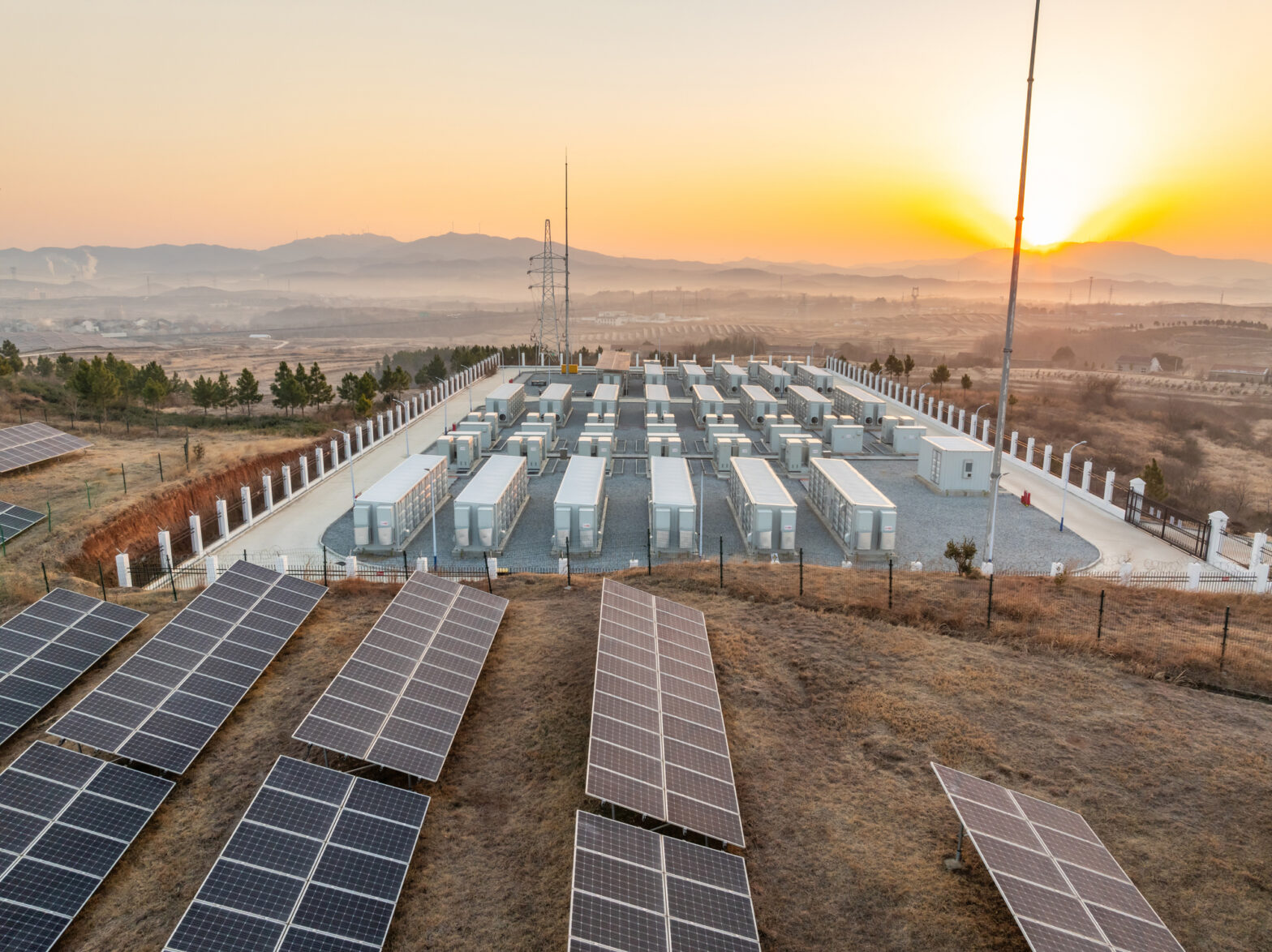AKA Peak Events or Peak Hours — Learn what it means for you, the grid, and your electric bill
Extreme weather events with hotter temperatures in the summer and colder winters mean many of us will be turning to heating and cooling to stay comfortable. All this puts a lot of strain on the electric grid, and can be a recipe for service interruptions, which is why many utilities plan to decrease peak demand with Demand Response programs that encourage customers to conserve energy during high-demand times on designated days.
As a utility customer, it’s important to know what Demand Response means for you – and your electric bill – so you can be ready to act, save and even win this summer.
In utility Demand Response programs, utilities use rate increases, bill credits or other incentives to control demand on the electric grid during periods when electricity demand threatens to outpace the electricity supply. When a utility anticipates these conditions – typically due to extreme temperatures, but also in situations of power line damage or scheduled maintenance – it will be called a Demand Response event.
Sometimes called “Conservation Events”, “Peak Events” or “Peak Hours,” Demand Response events are specifically-designated hours during which customers are asked, in advance, to be mindful of their energy consumption. Ameren Missouri Peak Time Savings, for example, connects to customers’ smart thermostats to pre-cool home and lower energy usage during peak periods, while ensuring participants remain comfortable before, during, and after an event. Customers opt in to the program and are notified via email on the morning of an event to know what to expect. This is a highly effective strategy that yields the load reduction the utility seeks, provides awareness around energy usage, and increases utility customer engagement.
Utility Demand Response programs may also include rewards or penalties to encourage behavior change. Customers who save energy during an event may receive monetary credit on their next bill, or may simply avoid getting dinged by rate increases that utilities may employ during peak hours. Alabama Power Company, for example, has a 4x differential between peak and off-peak hours as part of their Smart Advantage program.
Utilities are helping customers automatically adjust their energy consumption during Demand Response events through the use of smart devices, including wi-fi controlled thermostats, water heater switches, and electric vehicle chargers–all while maintaining customer comfort.
If you don’t have a smart thermostat already, you should check to see if your local utility offers an incentive or discount on devices via their online marketplace. Utilities like Consumers Energy enable you to purchase a smart thermostat and enroll in their Peak Power Savers® Program at the point of sale, stacking rebates for a highly discounted or even a free device.
If you do have a smart thermostat, your utility could even help you optimize energy use based on your rate, called time-of-use (TOU) optimization. Utilities such as Alabama Power help pre-cool or pre-heat your home before peak times so you don’t have to pay the highest amount for energy.
Beyond these smart devices, you can keep utility bills low during high-demand periods by shifting energy-intensive activities to off-peak hours and following tips like these:
- Wash and dry clothes in the evenings, or better yet, on weekends.
- Set your dishwasher to run overnight if it has a timer, or turn it on right before bed.
How you react to Demand Response events can influence your utility company’s service stability and and service to all the customers in your community, and may impact how much you pay for electricity.
So, take action to save energy, especially during afternoon hours on hot days or during winter mornings and evenings. The extra savings on your bill won’t hurt, either.
Interested in learning more about how to implement a demand response program at your utility? Get our eBook or learn more about Uplight’s demand management solution.





